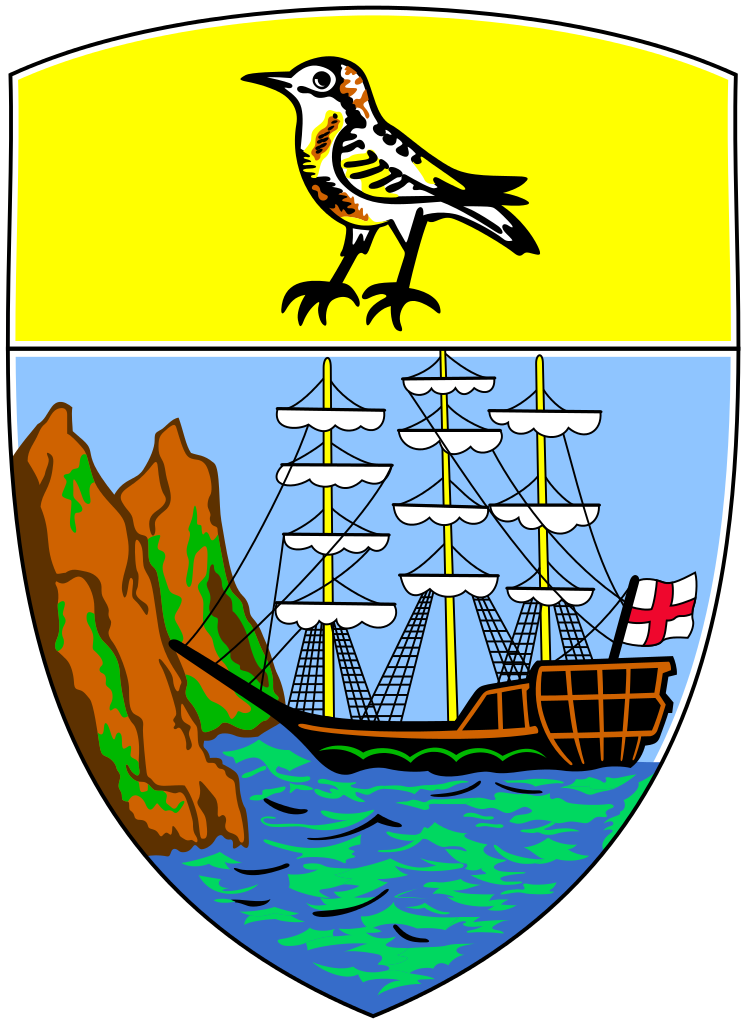Learn about the top ten coffee producing areas in the world and introduce the origin of fine coffee beans.
Number one Ethiopia: the original taste of coffee

Annual output: 396000 tons
"the delicate floral and sweet fruit flavor that can be brought out by a cup of water washed by Yirgacheffe is unparalleled, or sun-treated Sidamo, sweet and atmospheric, is the most classic top representative of Ethiopian coffee."
-- Lorenzo Perkins, Director of Education, Cuv é e Coffee
Ethiopia is the birthplace of the famous Arabica coffee beans, and people have always maintained the tradition of harvesting wild coffee beans. The coffee garden with an elevation of more than 1500 meters has formed a unique coffee style after more than a thousand years of evolution and adaptation. Ethiopian coffee grown in the natural wild environment is called "wilderness coffee". It retains the most primitive and natural taste of coffee beans and has the most direct and full expression of the local environment.
It is worth mentioning that most of the coffee in Central and South America is imported, but Ethiopia is a rare native place, and there are countless native wild varieties that have not yet been discovered.
Of the nine major coffee producing areas in Ethiopia, Hidamo and Yegashafi are the most outstanding. Yega Xuefei originally belongs to the sub-region of Hidamo, which is independent because of its special flavor. Because of its rich and complex fruit aroma, it has become an international hit almost overnight, becoming a hot target for experts and expensive.
Second place Kenya: an unforgettable coffee experience in this lifetime

Annual output: 45000 tons
"if I can only drink one kind of coffee in the future, then I choose to drink Kenyan coffee."
-- Brian Jones, author of Dear Coffee, I Love You, a well-known professional coffee website
Kenya has a short history of coffee. Arabica coffee varieties were introduced at the beginning of the 20th century, and more Bourbon varieties from Brazil were cultivated later. In the early British colonial period, a perfect cultivation management system was established for the Kenyan coffee industry. The lower temperatures in the high-altitude mountains of Kenya prolong the ripening period of coffee beans, which can fully accumulate the complex aroma of the fruit. Unrestrained acidity and heavy aromas of fruit, such as blackcurrant and grapefruit, constitute the rough ripening characteristics of Kenyan coffee.
Kenya pays more attention to the cultivation of coffee varieties. The professional team found that SL28 is a direct branch of bourbon coffee beans and is the best representative of the quality and flavor of Kenyan coffee.
Third place Colombia: the fun of exploring diversity

Annual output: 660000 tons
"many small coffee farmers in Colombia grow, harvest and process their coffee beans independently, resulting in some refreshing single-plot coffee whose quality reflects the ingenuity of coffee farmers and the unique environment in which they live."
-- Ryan Knapp, Manager of Madcap Coffee Company
The most important feature of Colombian coffee is the diversity of its style. if compared with wine, it is like a champagne region of symbiosis between big factories and small farmers, with both standardized and stable styles and interesting and changeable small production stars. Generally speaking, Colombian coffee is fresh and fruity. Coffee producers in Colombia have very professional baking techniques to maximize the quality of coffee beans.
Fourth place in Guatemala: an amazing upstart

Annual output: 186000 tons
"Coffee from this small Central American country has stood out in recent years: harmonious, sweet, soft and fragrant, and tasting it as if exploring its roots (Mayan culture)."
-- Bill Walsh, Pure Coffee blogger
With its unique style, Guatemalan coffee has become one of the most famous coffee producing areas in the world in recent years. In the cool volcanic zone, coffee beans develop complex aroma layers and full taste, reminiscent of the ancient Mayan culture here, profound and mysterious.
Fifth (tied) Costa Rica: good mountains, good water, good coffee

Annual output: 84000 tons
"my love for Costa Rica comes from warm people, beautiful scenery and, of course, amazing coffee."
Connie Blumhardt, publisher of Roast magazine
Costa Rican coffee beans are mainly Arabica coffee beans, which are treated by washing with bright style, mild acidity and excellent sweetness. The Costa Rican Coffee Association unifies the management of the national coffee industry and has specialized scientific research institutions to explore and improve the quality of local coffee.
Fifth (tied) Honduras: proud son in troubled times

Annual output: 252000 tons
"the outstanding Central American origin, the two major brands are located on both sides of the mountains, showing a very different style. El Cielito's C é sar Fernandez's coffee has aromas of red berries, raisins and apricots, while the San Luis Plane family's Mariano Mej í a & # 39 coffee is more like green tea, red currants and hazelnuts. "
-- Cafe Grumpy Coffee Purchasing Cheryl Kingan
The upheaval may have made Honduras a seemingly unpopular coffee-producing region, but it is one of Central America's leading coffee exporters, second only to Guatemala.
Seventh Indonesia: it seems that cat shit can also be forgotten.

Annual output: 702000 tons
"Coffee producers in Java and Bali focus on cultivating and processing specific varieties of coffee beans and improve their craftsmanship."
-- David Buehrer of Greenway Coffee
Indonesia not only has the controversial civet, Sumatra's mantenin coffee is mellow, Java coffee is mellow, and it is a well-known classic of Indonesian coffee. Indonesia is a producing area where both cheap coffee and high-quality coffee coexist. Mass-produced coffee gives people the impression that the overall standard of local coffee is on the low side. In fact, Indonesian fine coffee has always enjoyed a high reputation in the international market.
Eighth (tied) Rwanda: a rising star

Annual output: 14760 tons
"We have never seen such a fast-growing producing area. In eight years, we have gone from a non-coffee producing country to one of the famous producing areas that can host international coffee competitions. This unprecedented growth rate is happening in front of our eyes. "
Geoff Watts, Vice President of Intelligentsia Coffee
Eighth (tied) Panama: treasure of the world

Annual output: 6000 tons
"the Panamanian specialty Geisha is tiresome to drink. Although it originated in Ethiopia, it is like a fish in water in Panama. The Rose Summer of Panama has won many prizes in international competitions. Although it was once underestimated in history, the masterpieces of some small coffee farmers have pushed Panama onto the stage of the world's top producing areas. "
-- Sarah Allen, editor of Barista magazine
No. 8 (tied) Hawaii (United States): coffee Island in the United States

"Hawaii is the only coffee producer in the United States, and it is of good quality. People can easily enjoy first-hand quality coffee here. "
Important Notice :
前街咖啡 FrontStreet Coffee has moved to new addredd:
FrontStreet Coffee Address: 315,Donghua East Road,GuangZhou
Tel:020 38364473
- Prev

What's the difference between latte and mocha? Latte or mocha? latte mocha latte
Do you know the difference between latte and mocha in coffee? Which one do you prefer?! A friend sent a bag of mocha coffee, feeling good to drink; later check the information to know, there are many types of coffee, but latte coffee and mocha coffee are most popular with people, then you know the difference between latte and mocha?! World Factory Network Xiaobian tells you the difference between the two here. Latte and mocha.
- Next

Coffee producing area of British St. Helena Coffee production situation of St. Helena Coffee is unpopular
Napoleon believed that the only good thing from the island was coffee. St. Helena (St Helena) is located in the Atlantic Ocean, 2000 km from Africa and 3500 km from Brazil, with a population of about 5000. Of course, the island is famous because Napoleon was exiled after the Battle of Waterloo in 1815 and died on the island in 1821. Coffee was first planted on St. Helena in 1732
Related
- Beginners will see the "Coffee pull flower" guide!
- What is the difference between ice blog purified milk and ordinary milk coffee?
- Why is the Philippines the largest producer of crops in Liberia?
- For coffee extraction, should the fine powder be retained?
- How does extracted espresso fill pressed powder? How much strength does it take to press the powder?
- How to make jasmine cold extract coffee? Is the jasmine + latte good?
- Will this little toy really make the coffee taste better? How does Lily Drip affect coffee extraction?
- Will the action of slapping the filter cup also affect coffee extraction?
- What's the difference between powder-to-water ratio and powder-to-liquid ratio?
- What is the Ethiopian local species? What does it have to do with Heirloom native species?

